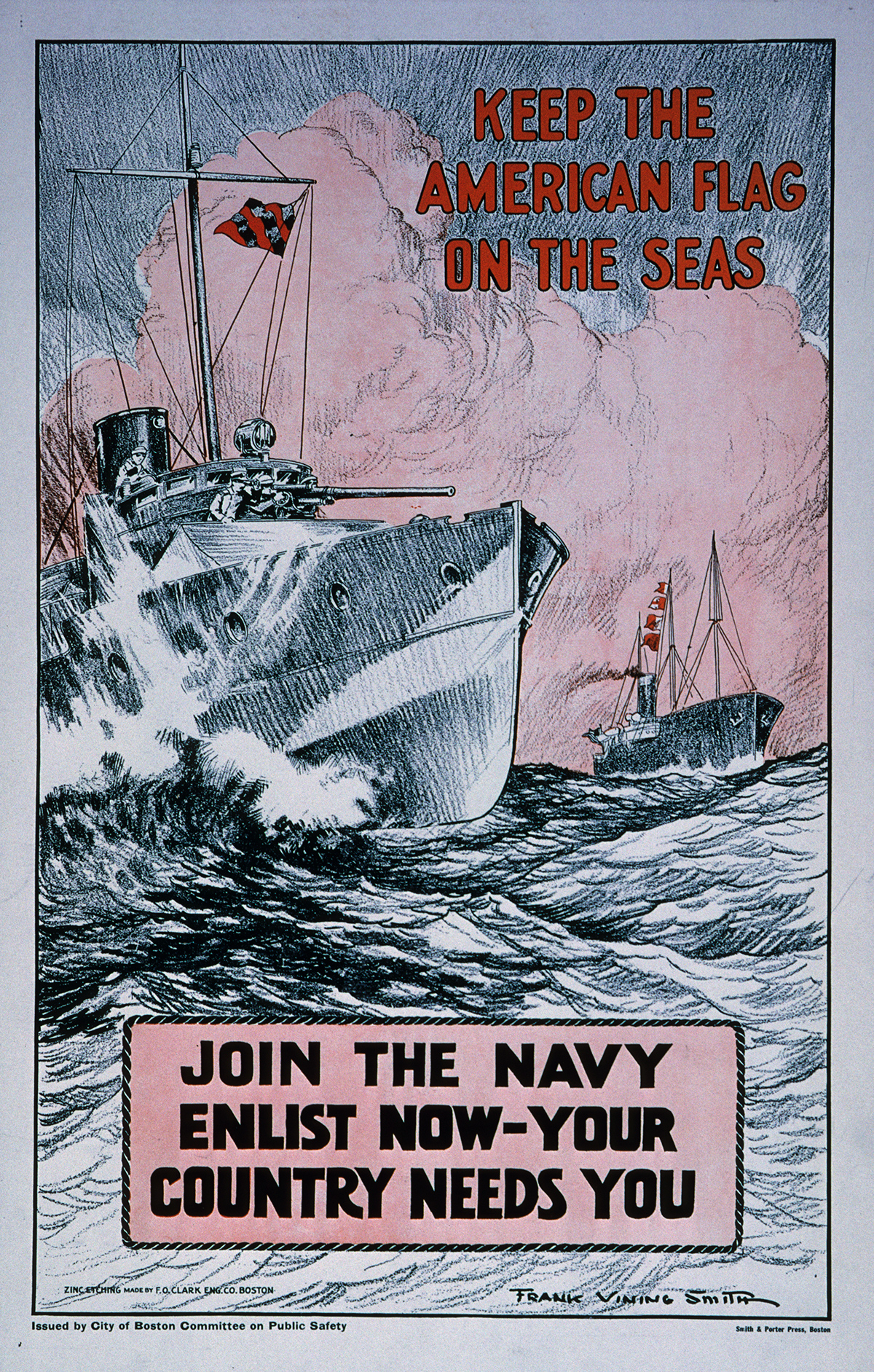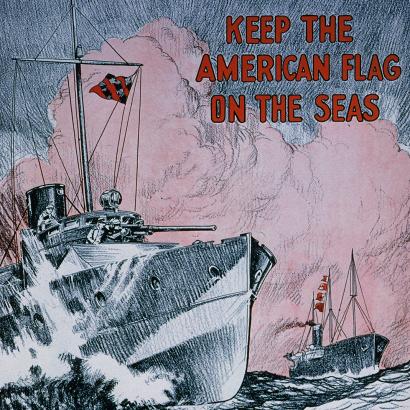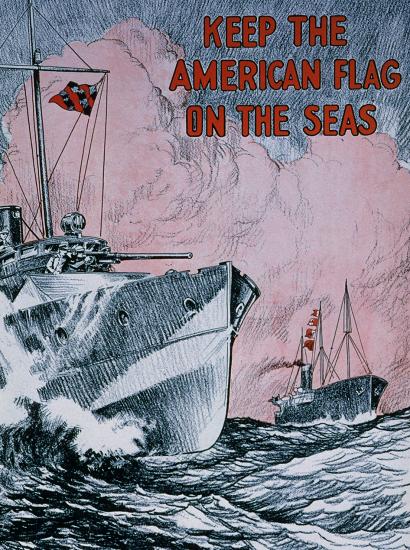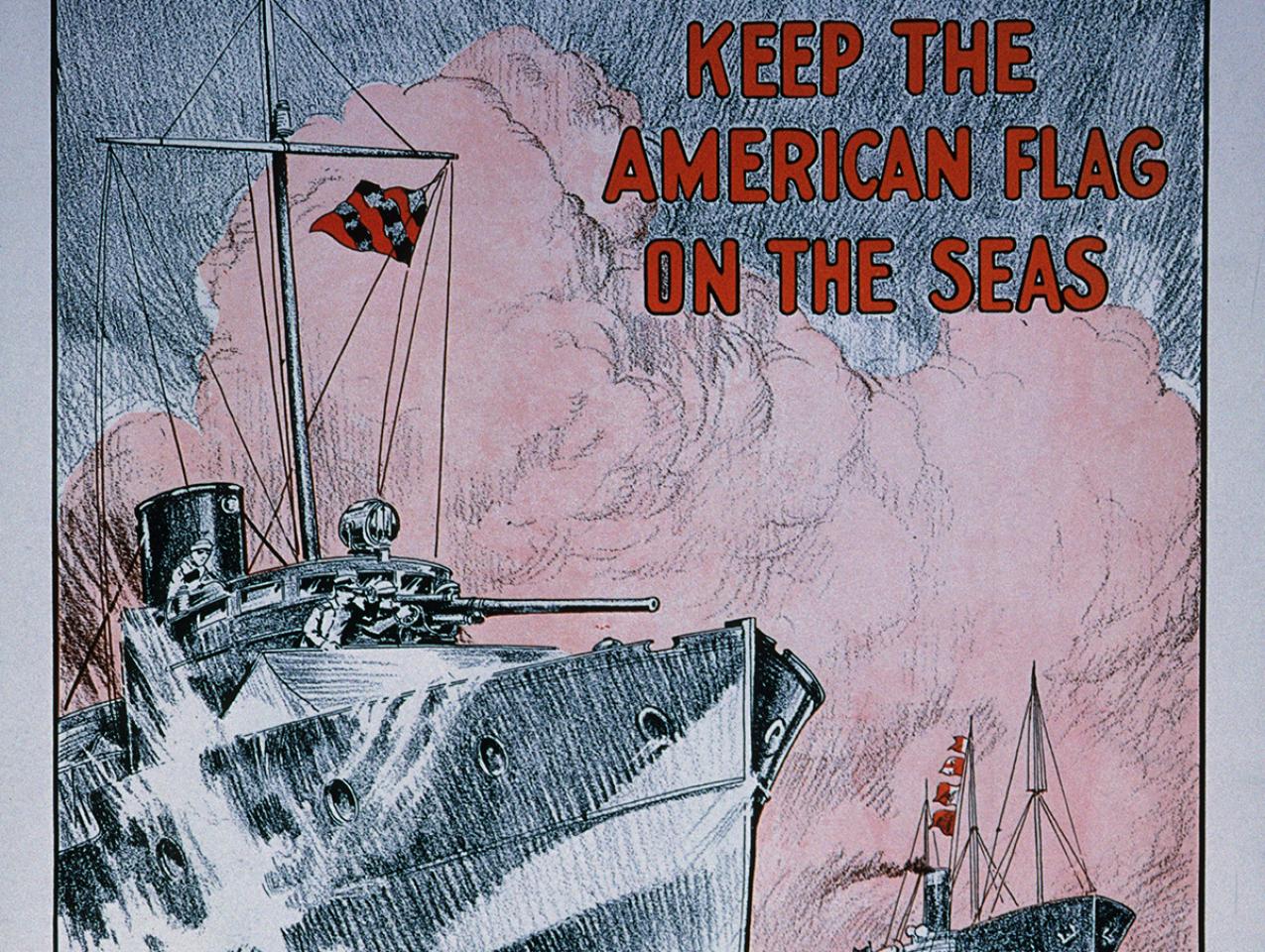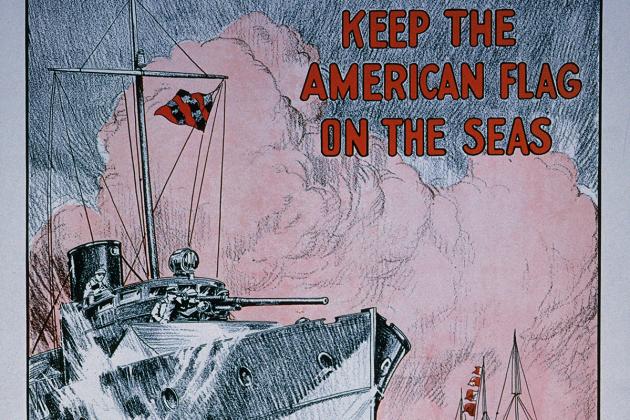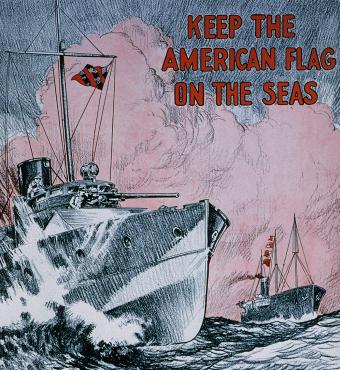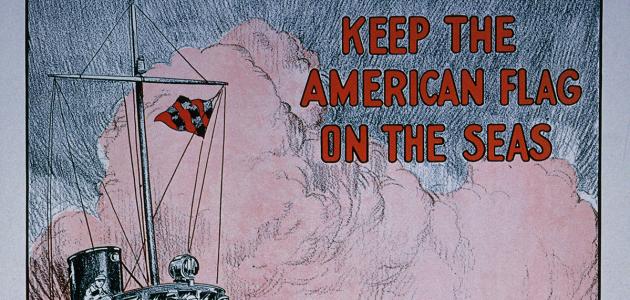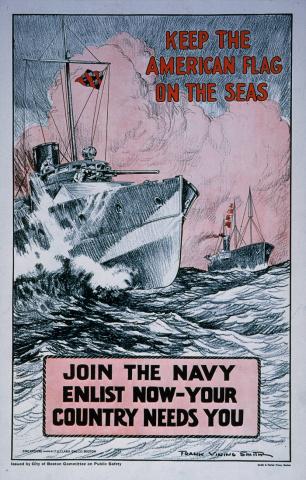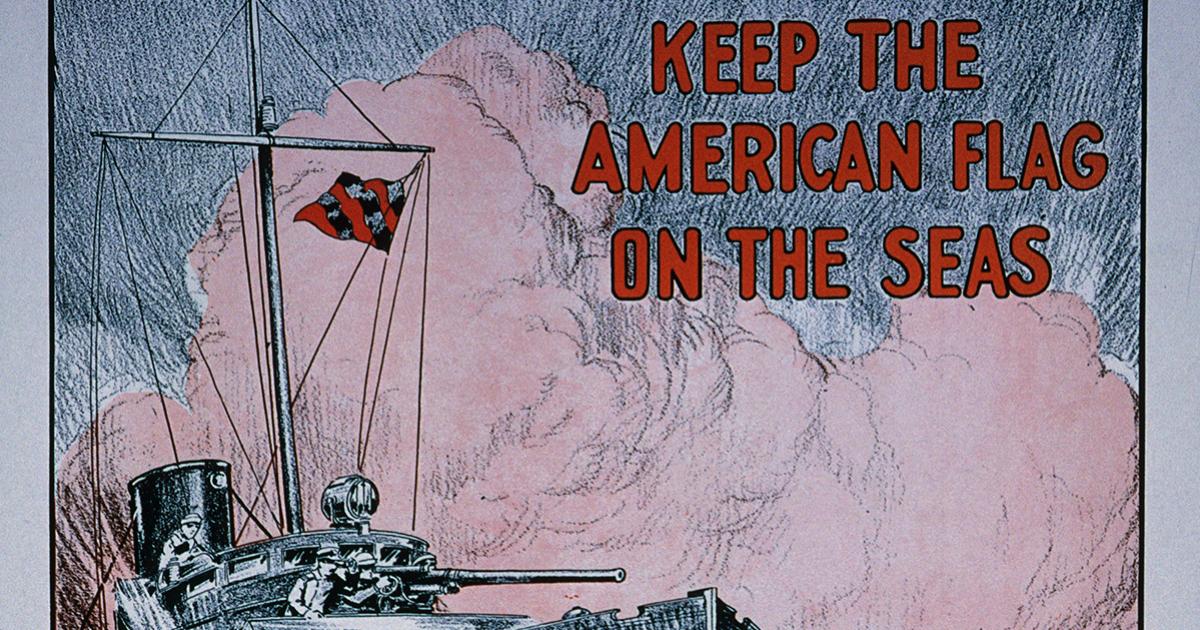The recent report, and subsequent confirmation by Taiwan authorities, of U.S. Special Forces’ deployment to Kinmen (Quemoy), a tiny island held by Taiwan, marks a monumental shift in U.S. military and foreign policy that challenges doctrines held since the Truman Administration. This move not only signifies an important geopolitical pivot, but also breaks a long-standing taboo that has implications for regional stability and U.S.–China relations.
Since the 1950s, U.S. policy has deliberately excluded Taiwan’s offshore islands, particularly Kinmen and Matsu, from its defense commitments under the Sino-American Mutual Defense Treaty (1955–80) and the Taiwan Relations Act of 1979. These islands, due to their proximity to mainland China—just a few miles off the coast—were considered indefensible in a strategic sense and too sensitive geopolitically.
The rationale was grounded in three main considerations. First is these islands’ proximity to mainland China. Kinmen is only about six miles from Xiamen, China, making it geographically vulnerable to Chinese military action. Second, these islands carry geopolitical sensitivity. Defending these islands could escalate tensions unnecessarily and drag the U.S. into direct conflict with China, contrary to the longstanding U.S. objective of maintaining peace and the status quo across the Taiwan Strait. Third, the military logistics of defending these islands were deemed unfeasible and not in the strategic interest of the United States, given their location beyond the median line of the Taiwan Strait where the capital warships of the U.S. 7th Fleet routinely patrolled.
The origin of the exclusion is related to the Truman Doctrine and its long shadow. The Truman Doctrine, first announced in 1947, articulated U.S. commitments to counteract communism worldwide, and set the stage for America’s strategic postures in East Asia. The moment communist troops invaded South Korea on June 25, 1950, President Truman ordered the 7th Fleet to sail into the Taiwan Strait to prevent communist China from undertaking military action against Taiwan. However, the explicit exclusion of Kinmen and similar islands from U.S. protection plans––which would be most vigorously pushed for during the Eisenhower Administration, especially by Secretary of State John Foster Dulles––was a calculated decision to avoid provoking Beijing, and maintain a manageable level of engagement in the region’s complex territorial disputes.
This exclusion is not without controversy. In fact, it faced fierce resistance from the Taiwanese government under the U.S.-friendly President Chiang Kai-shek. It also dominated America’s foreign policy debates for many years. The most serious foreign policy issue during the legendary 1960 presidential television debates between Richard Nixon and John Kennedy was this very issue of Kinmen and Matsu’s exclusion from the U.S. defense pledge, then solidified by the Sino-American Mutual Defense Treaty.
The report by Taiwan’s United Daily News in early 2024 about the permanent stationing of Green Berets on Kinmen shattered this long-standing policy framework. Though the “permanent” aspect of the deployment was described as "inaccurate" by the outgoing INDOPACOM (Indo-Pacific Command) commander at a congressional hearing, it was in fact authorized by the 2023 National Defense Authorization Act. More importantly, this deployment, confirmed by Taiwan’s Defense Minister Chiu Kuo-cheng, is pivotal for several reasons. First, it marks a renewed urgency on the part of the United States to enhance strategic deterrence against China. Stationing elite U.S. forces on Kinmen serves as a significant deterrent against potential Chinese aggression, enhancing Taiwan’s defensive posture and by extension, regional stability. Moreover, the deployment also sends an unmistakable political signal to China and the international community of the U.S.’s commitment to Taiwan’s defense, indicating an anticipated shift in the U.S. stance on Taiwan’s broader geopolitical role. The presence of U.S. Special Forces will also boost the operational readiness of Taiwanese forces, improving joint capabilities and readiness in the face of Chinese military pressure.
But there could be something much larger at stake here. The deployment of U.S. Special Forces in Kinmen, while seemingly a minor adjustment in military deployments, is in fact a significant geopolitical gesture that redefines the contours of U.S. commitments to Taiwan. It reflects a broader reevaluation of American strategic priorities in the face of evolving global challenges and a more assertive China. This move might have been necessitated by legislative changes (such as the National Defense Authorization Act), but its implications are far-reaching, potentially altering the dynamics of U.S.–China relations and setting a new course for the security architecture in the Western Pacific.
We are indeed in a new era of engagement with Asia in which old taboos must be reconsidered in light of contemporary geopolitical realities. This strategic pivot could serve as a cornerstone for future American policy in Asia, where the balance of power and influence is rapidly evolving. This deployment might well be remembered as a pivotal moment when the U.S. took a definitive stand on its commitments in the Taiwan Strait, reshaping regional dynamics for years to come.







